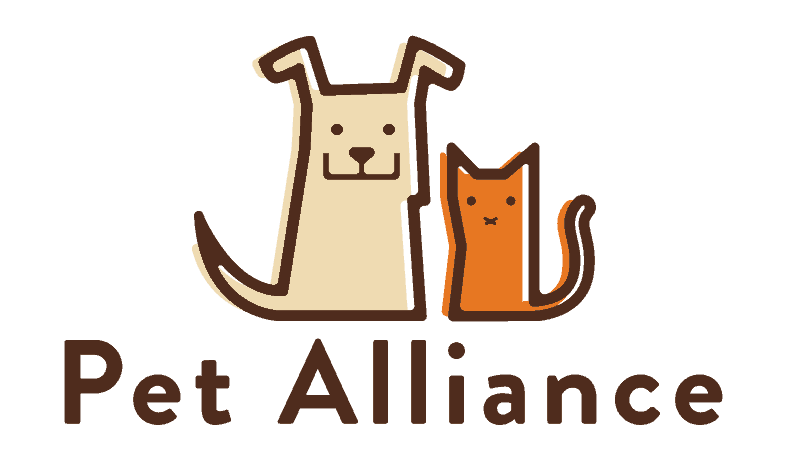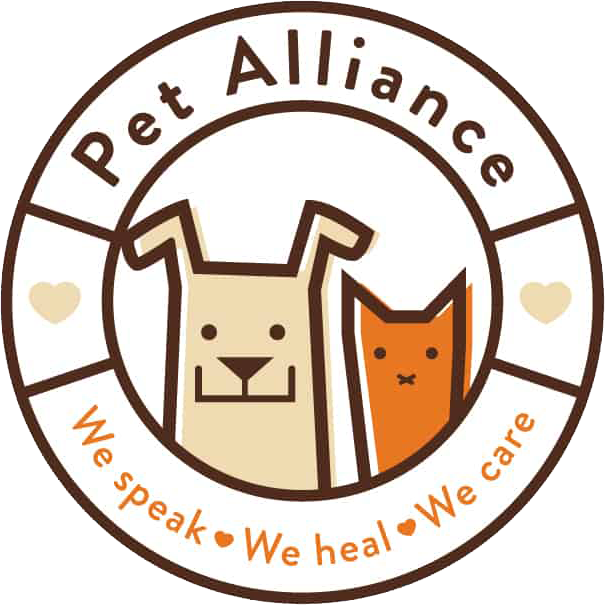When you make the life saving decision to adopt a new furry friend, you have great expectations. Unfortunately, sometimes things don’t go quite as planned. Now what?
Remember, when you adopt a pet you are making a promise to them to provide them with food, water, shelter, training and companionship. Your new pet is more than willing to hold up their side of the bargain by providing you with unconditional love! Strains are sometimes put on the relationship when human expectations differ from reality. Any dog has the potential to become an ideal companion under the right circumstances. You must ask yourself what those circumstances might be, and then begin to implement them. It is important to remember to build your bond with your new dog and always love the dog you have, not the one you wish you did.
Dogs, like us, are a combination of nature and nurture. Every dog has a behavior potential that can be shaped by consistent and positive training. Dogs are incredibly resilient; they can begin to adjust to a new life today, no matter what their past might have held. Adjustment periods can be tough, but the end result is always worth the effort. If your dog just isn’t meeting your expectations, adjust them! Make it a point to seriously tackle each problem. Begin obedience classes and have the whole family participate. Learn to shape what is desired rather than punish what is not. Obedience training has a settling effect on a dog and gives you an opportunity to bond and re-direct focus. Take time to touch your new dog all over (feet, ears, teeth, tail, paws, etc.). This will make trips to the groomer and veterinarian easier for everyone. Also do this while your new dog eats to help prevent any food aggression issues.
If you are bringing your new friend into a household with a resident dog, make sure to introduce the two on neutral ground. Go for a walk! Do NOT walk the dogs right up to one another nose to nose. A side by side walk will encourage companionship and tire them out. When they get back home they will be too pooped to start any trouble. It’s important to teach your dog what is appropriate to chew on vs. what isn’t. If your new dog has been eating a different food than the one you plan on feeding them, remember to gradually mix the new food in with the old, then wean them off the old and onto the new. A drastic change in diet can really upset a dog’s stomach. Don’t allow your new dog to become a picky eater. Feed them their food at set times. When they are hungry, they’ll eat. Do not leave food down for longer that 20 minutes; after that pick it up. “Free feeding” can lead to obesity and makes it difficult for you to monitor their eating habits.
Make an appointment for your new dog at your veterinarian about two weeks after they’ve joined your household. Make sure the entire family understands the “doggy rules” and that there is a clear consensus of what behaviors are to be reinforced and which ones will not. If all of this sounds like a lot of work, it’s because it is! But it’s also incredibly rewarding.

